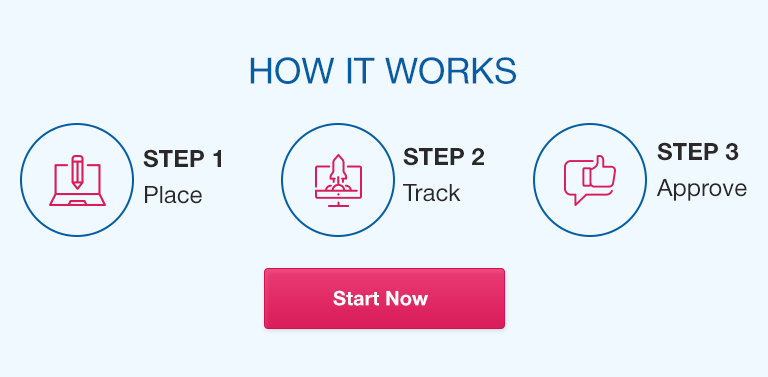Response to a post:
What are some of the biggest challenges in developing and implementing a preparedness exercise in a hospital setting?
Medical and public health professionals have long been aware of the need for improving coordination between their communities in cases of emergencies (Kaji, Langford, Lewis, (2008). This is a need to prepare the hospital facilities to attend to emergencies with a high success rate. It is very important to develop a hospital Emergency Management Plan (EMP). According to Kaji, Langford, Lewis, (2008), no perfect method can be used in EMP. The plan provides direction for the key stakeholders such as the staff to follow before, during, and after emergencies. It also ensures that the hospital provides essential services in a conducive and safe environment. The absence of a good EMP means a bigger stagnation of this preparedness exercise.
What differences/similarities exist between hospital and municipal preparedness exercises?
There are a lot of differences that municipals and hospitals have regarding preparedness exercise. One of the differences is that both are of different professional backgrounds, as the hospital attend majorly on health emergencies while municipals mostly attend to natural disasters like fire outbreak. Their similarity is that they address one issue which is an emergency call. In most cases, they work together in drilling exercises as sometimes these natural disasters are predictable. If these challenges are addressed, then the preparedness exercise development and implementation in hospitals can be swift and successful.
Refrence
Kaji, A., Langford, V., Lewis, R., (2008, 195-201). Assessing Hospital Disaster Preparedness: A Comparison of an On-Site Survey, Directly Observed Drill Performance, and Video Analysis of Teamwork, Annals of Emergency Medicine.V52
Expert Solution Preview
Developing and implementing a preparedness exercise in a hospital setting can be a complex and challenging task. One of the biggest challenges is ensuring effective coordination between different departments and stakeholders within the hospital. This coordination is essential for seamless communication, collaboration, and decision-making during emergencies.
Another challenge is the need for thorough and comprehensive planning. Developing a hospital Emergency Management Plan (EMP) is crucial for guiding the actions of the staff before, during, and after emergencies. However, there is no one-size-fits-all solution for creating an EMP, and it requires careful consideration of the specific needs and resources of the hospital. It can be time-consuming and challenging to develop a plan that addresses all potential scenarios and ensures the provision of essential services in a safe environment.
Additionally, conducting preparedness exercises in a hospital setting involves logistical challenges. This includes arranging for realistic scenarios, coordinating the participation of different departments, and managing the allocation of resources during the exercise. Furthermore, conducting drills and exercises while minimizing disruption to patient care adds another layer of complexity.
In terms of similarities and differences, hospital preparedness exercises and municipal preparedness exercises both aim to address emergencies, but they do so in different contexts. Hospitals primarily focus on health emergencies and ensuring the provision of medical care, while municipals often deal with natural disasters such as fire outbreaks. Despite these differences, there can be collaboration and mutual support between hospitals and municipals in preparedness exercises, particularly when it comes to drills and training for predictable disasters.
In conclusion, developing and implementing preparedness exercises in a hospital setting comes with various challenges, including coordination between stakeholders, comprehensive planning, and logistical considerations. Addressing these challenges is essential to ensure successful preparedness exercises and improve the hospital’s ability to respond effectively to emergencies.


